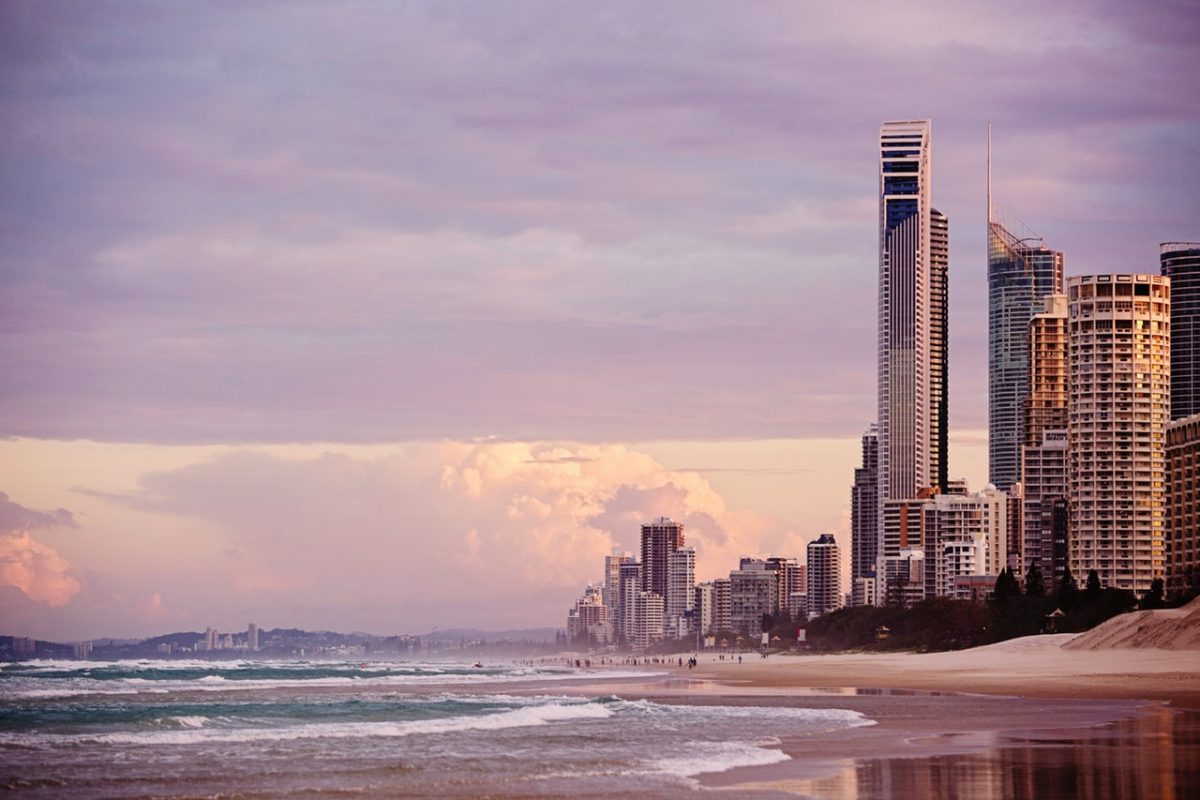Our homes are not just structures; they are an extension of our personalities, a reflection of our tastes and preferences. However, over time, certain spaces in our homes may become neglected, tucked away in the shadows of our busy lives. These forgotten corners, if given attention, can be transformed into functional and beautiful areas that add value to our homes and enhance our overall living experience. Here, we will explore some of the most important areas that often go unnoticed and offer tips on how to renovate them effectively.
The Basement

The basement is often the most overlooked space in a home. It tends to become a dumping ground for old furniture, seasonal decorations, and items we no longer use. However, with some creativity and effort, the basement can be converted into a valuable living area.
Start by decluttering and organising the space. Donate or discard items that are of no use to you any more. Once you have a clean slate, consider your options. Basements can be turned into a variety of spaces, including a home office, a family room, a game room, or even a guest suite. To make the basement feel welcoming, ensure proper lighting, insulation, and ventilation. Choose flooring and decor that complement the purpose of the space. Installing a bathroom can also add convenience and functionality to your basement renovation.
The Attic
Like the basement, the attic is another underutilised area in many homes. It often serves as a storage space for old belongings and is rarely considered for renovation. However, with a little imagination, it can become a charming and functional part of your home.
Before you start your attic renovation:
- Inspect the structure to ensure it can support your intended use. Once that’s confirmed, you can transform it into a cosy bedroom, a home office, a playroom, or even a tranquil reading nook.
- Consider adding skylights or dormer windows to bring in natural light and create an inviting atmosphere.
- Insulate the attic properly to maintain a comfortable temperature year-round.
- Don’t forget to install adequate storage solutions to keep the space organised and clutter-free.
The Bathroom
Let’s not forget about the bathroom when considering neglected spaces in our homes. Often seen as purely functional, bathrooms can also benefit from a thoughtful renovation. Update the fixtures and fittings to create a more modern and inviting atmosphere. Consider installing stylish shaving cabinets for added storage and organisation, giving your bathroom a sleek and organised appearance. Don’t underestimate the impact of a well-chosen fixture like the best kitchen mixer tap, which can elevate the aesthetics and functionality of your bathroom sink area, making it a more enjoyable space for daily routines. With a bathroom renovation, you can transform this often-overlooked space into a spa-like retreat that enhances your daily self-care rituals.
The Laundry Room
Laundry rooms are often relegated to dark, cramped spaces in the basement or garage. However, with a bit of attention, they can become functional and pleasant areas where you can complete this necessary chore with ease.
Start by optimising the layout. Ensure that you have ample counter space for folding clothes, shelves for storing laundry supplies, and a sink for handwashing and other tasks. Choose energy-efficient appliances to save on utility costs. Consider adding a pop of colour or decorative tiles to make the room more inviting. Adequate lighting is crucial in a laundry room, so install bright overhead lights and task lighting where needed. Don’t forget to improve ventilation to keep the space fresh and free of moisture.
The Garage
Garages are often used solely for car storage and as a dumping ground for tools, sports equipment, and holiday decorations. However, with the right renovation, your garage can become a multifunctional space that serves various purposes.
Begin by decluttering and organising the garage. Install storage cabinets, shelves, and pegboards to keep tools and equipment in order. If you have the space, consider creating a home gym, a workshop, or even a game room. Insulate and add climate control to make the garage comfortable year-round. Replace the garage door with an insulated one to improve energy efficiency. Enhance the flooring with epoxy coatings or durable tiles to create an attractive and easy-to-clean surface.
The Outdoor Space
While not technically a part of your home’s interior, neglected outdoor spaces can significantly impact your overall living experience. Your backyard, patio, or balcony has the potential to become an extension of your home, providing a place for relaxation, entertainment, and connection with nature.
Start by assessing the current condition of your outdoor space. Repair any damaged structures or surfaces and address drainage issues. Define the purpose of the area – whether it’s for dining, lounging, gardening, or a combination of these. Consider incorporating wire mesh panels for added security and privacy, creating a cosy and enclosed atmosphere. Using welded mesh as a fencing option can enhance the aesthetics while also providing safety and structure to your outdoor haven. Don’t forget to add comfortable outdoor furniture, vibrant cushions, and lush landscaping to complete the transformation.
With careful planning, creative design, and the right investment, you can breathe new life into these forgotten corners, turning them into areas that you and your family will cherish for years to come. So, don’t let these overlooked spaces languish any longer – it’s time to unleash their full potential and make the most of your home.






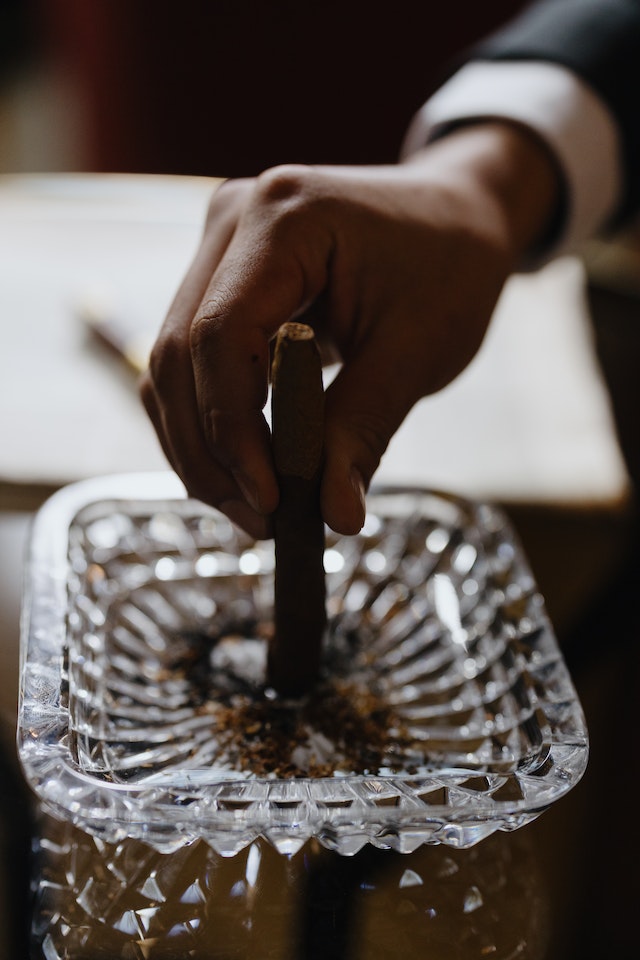

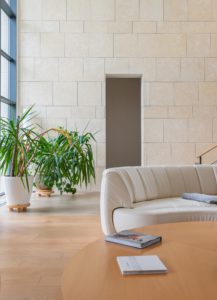















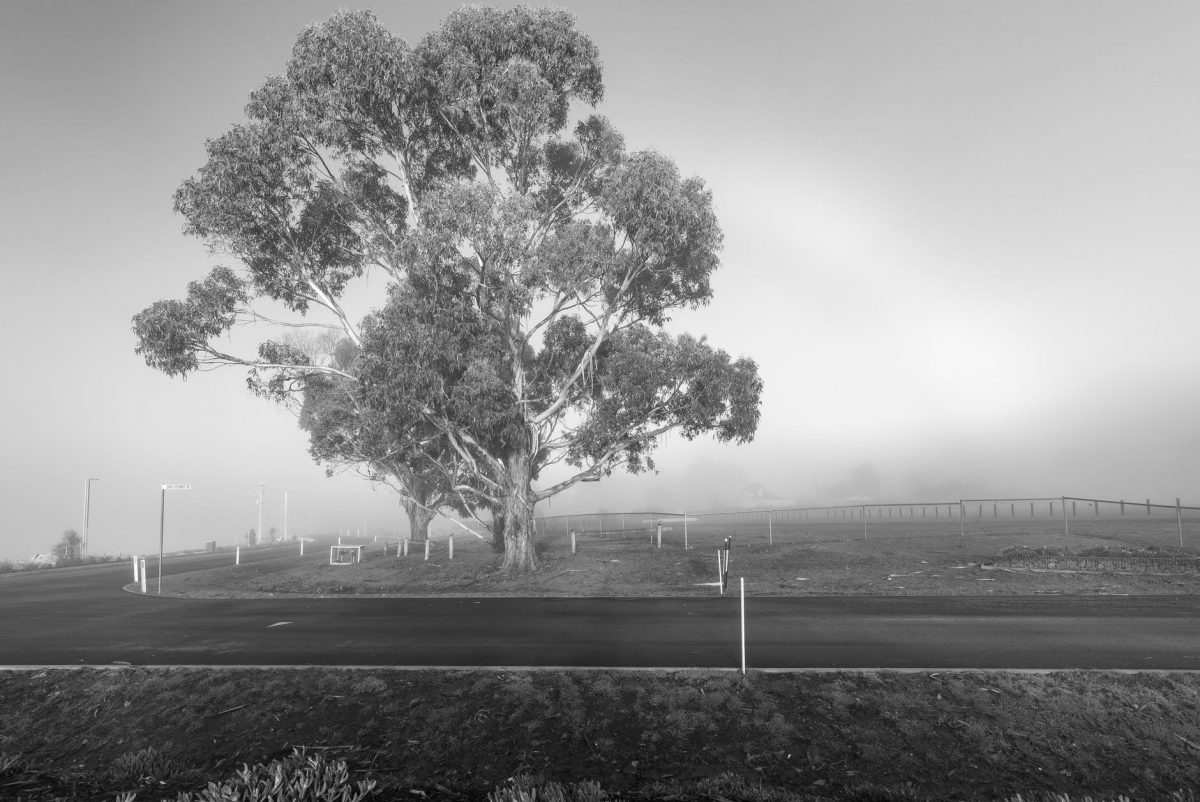









 Perth will get you in Sal Salis, a resort come wilderness camp that is built on
Perth will get you in Sal Salis, a resort come wilderness camp that is built on 



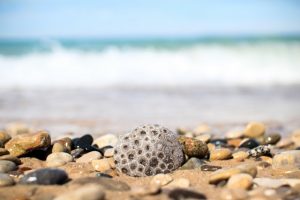 which strives to replicate the essence of Bondi. A fundamental mural by Australian artist
which strives to replicate the essence of Bondi. A fundamental mural by Australian artist 